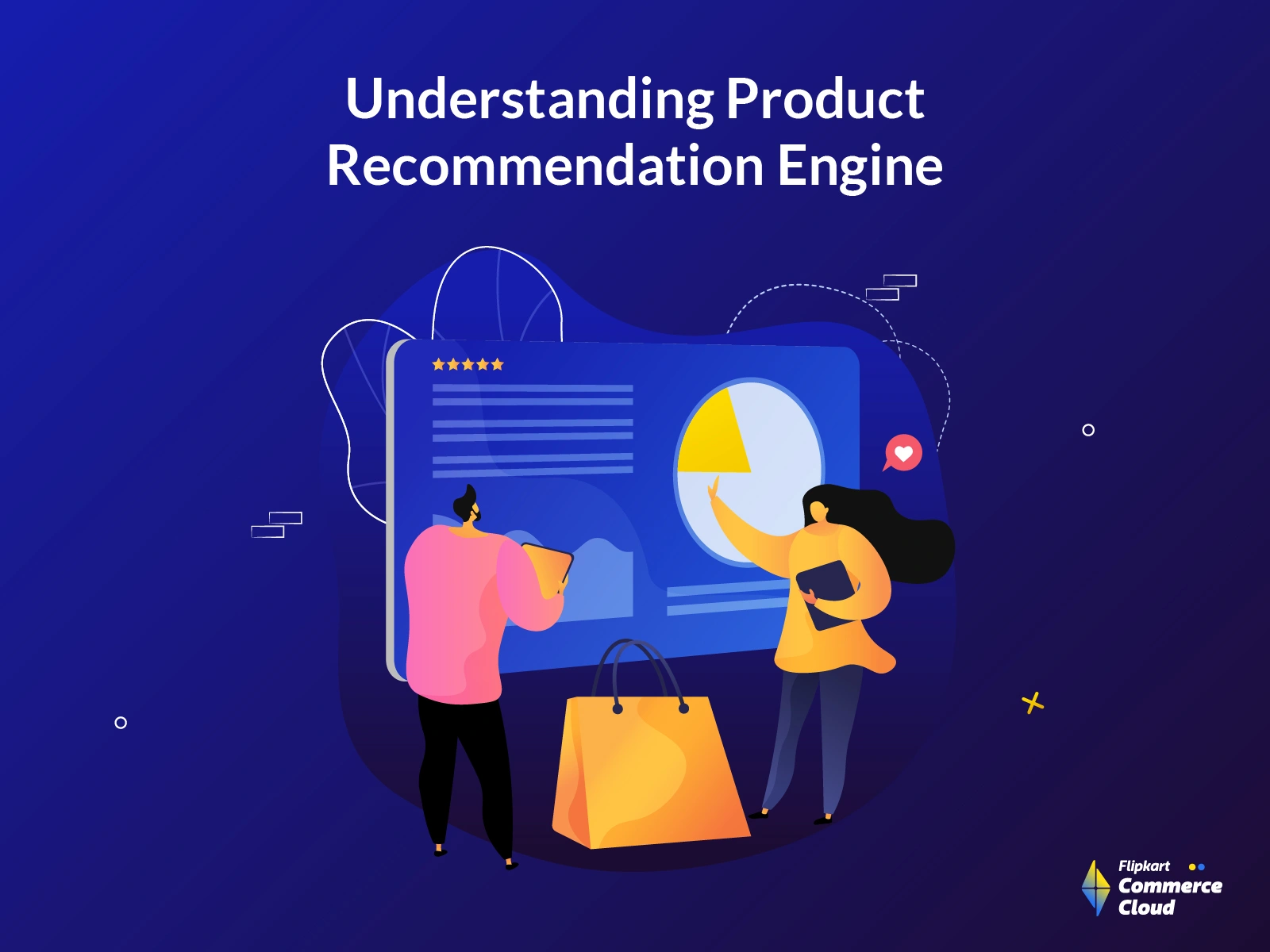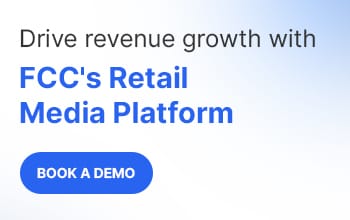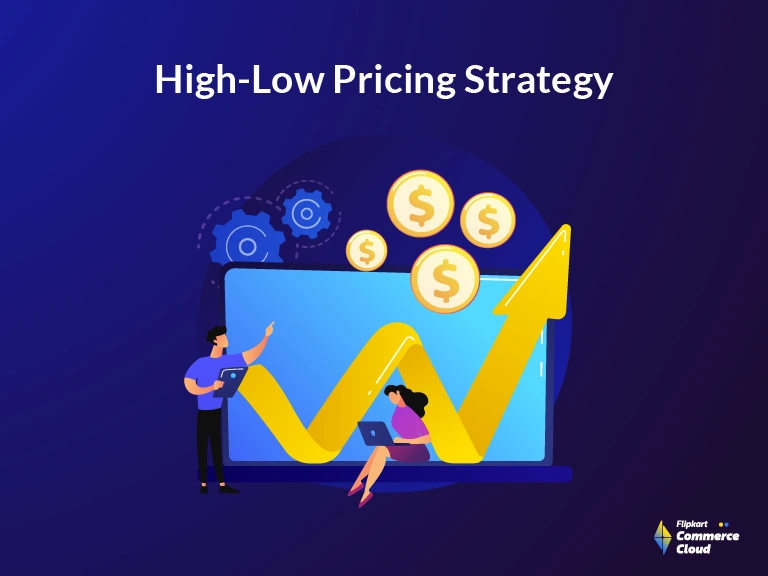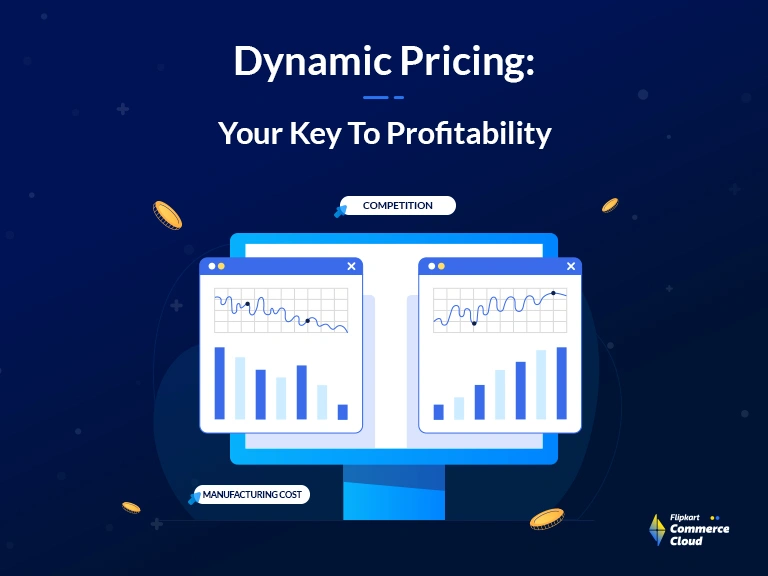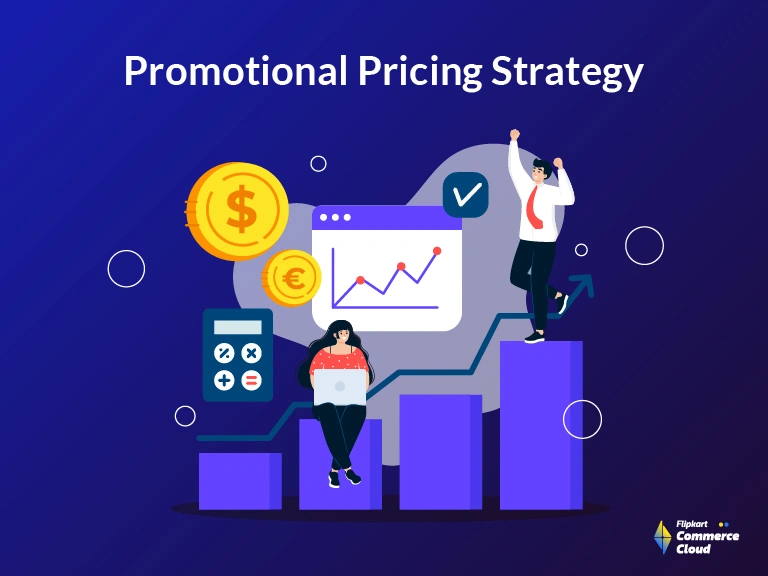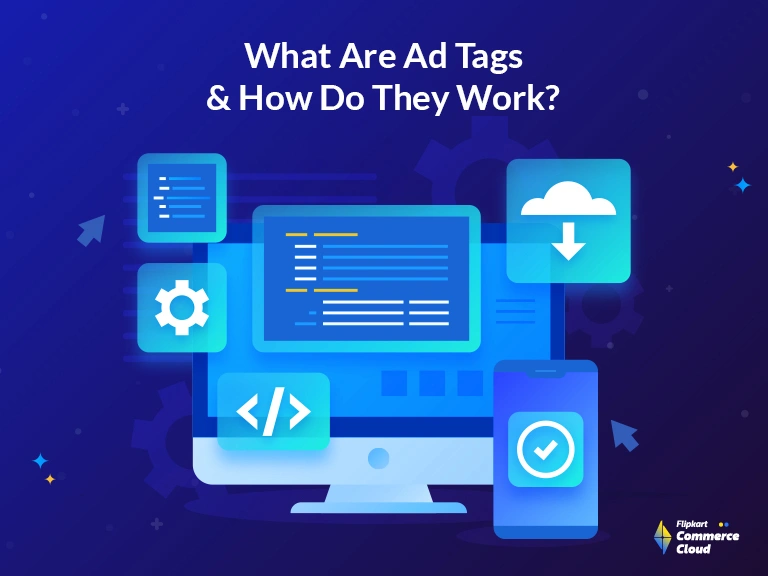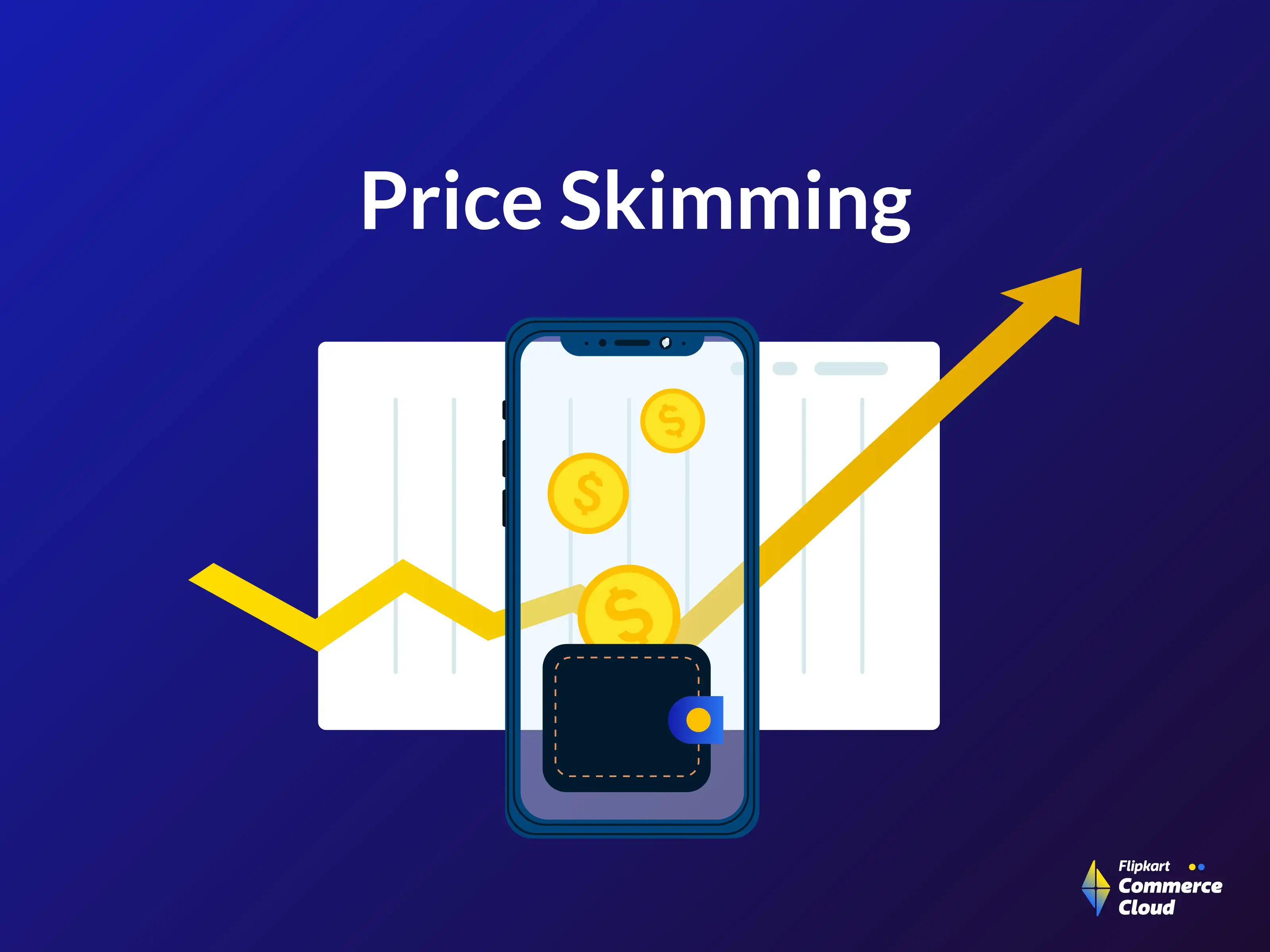Keeping customers engaged with your platform is probably the biggest challenge you face as a retailer. Shoppers often struggle to navigate vast product catalogs, leading to missed sales opportunities and cart abandonment. Moreover, displaying generic product listings can fail to capture customer interest, resulting in lost engagement.
This is where the power of product recommendation engines comes in. This intelligent tool leverages user data and buying behavior to suggest relevant products to each individual shopper. This approach helps you turn a casual browser into a loyal customer and an occasional shopper into a brand advocate. By anticipating customer needs, it provides a seamless shopping journey that surpasses customer expectations.
In this blog, let us find more about the workings of product recommendation engines, explore their different types, and understand their benefits.
What are Product Recommendation Engines (PREs)?
Product recommendation is the process of identifying the goods that customers might find appealing and are likely to purchase. It involves examining their purchase patterns, browsing behavior, most viewed brands, and other data points. The tool responsible for suggesting the right product based on which keywords the shoppers are searching is called a product recommendation engine. You can consider it as a personalized shopping guide that helps customers navigate through the vast range of similar products on your platform.
A product recommendation engine uses advanced algorithms to process and analyze user interaction data, understand customer preferences, and offer relevant options in real-time, very similar to how a shopkeeper will cater to their customers.
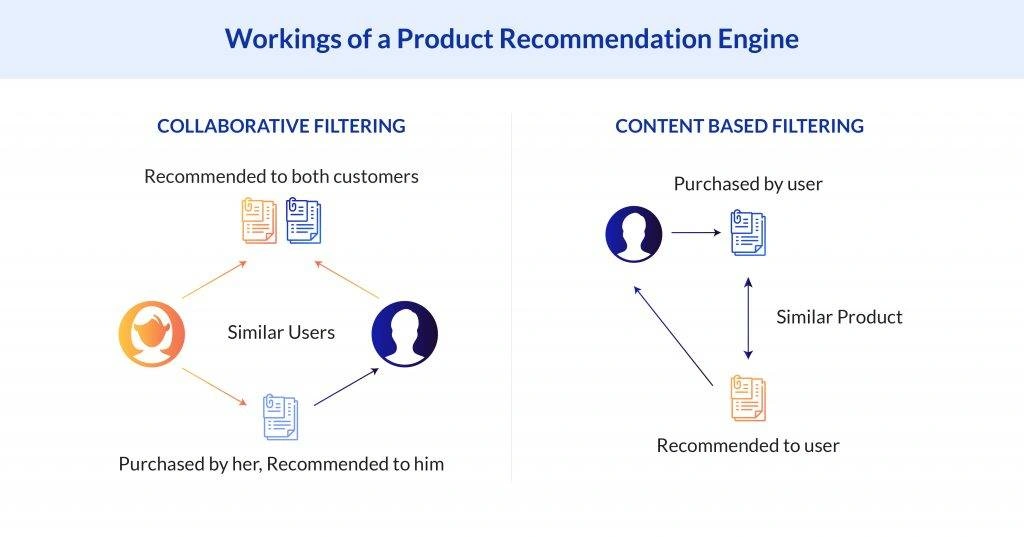
What are the different types of Product Recommendation Engines?
Product recommendation engines employ various algorithms to deliver personalized suggestions to your target audience. The three primary types are collaborative filtering, content-based filtering, and hybrid models. Here are the key aspects related to different types of recommendation engines:
Collaborative Filtering
This method thrives on the power of collective user behavior. It gathers and analyzes data on customer activities and preferences with technologies like Machine Learning (ML) and Artificial Intelligence (AI). This helps a product recommendation system with predicting what a user will like based on similarities with other users. Collaborative filtering assumes that different users with similar preferences in the past continue to have similar tastes. For instance, user A likes items 1, 2, and 3, and user B likes items 2, 3, and 4, and they are likely to have similar interests. Hence, item 4 would be recommended to user A and item 1 to user B.
Here are the different types of collaborative filtering algorithms that you can use:
- User-User Collaborative Filtering: This approach involves finding customers who are similar to each other and then recommending products based on their respective choices. While this algorithm is effective, it can be resource-intensive, especially if your platform has a large user base.
- Item-Item Collaborative Filtering: This approach focuses on finding similar items instead of similar users. Once the system has a database of such goods, it can easily recommend comparable products to customers. This approach is less resource-intensive than user-user collaborative filtering, making it an ideal choice for a platform with a large number of customers.
Content-Based Filtering
Content-based filtering focuses on the features of different items. If a user has shown interest in a particular product, the system recommends relevant items with similar attributes. For instance, if a customer frequently purchases mystery novels, the system will recommend other books in the same genre. This method ensures that the user is exposed to more of what they already like.
One challenge with content-based filtering is cross-category recommendations. For example, consider a customer looking for sportswear on your platform. It would be beneficial if your system could make accurate recommendations for sportswear brands based on the customer’s preference for certain athletic shoe brands. However, a content-based filtering system might be unable to do so as it is restricted to recommending products similar to what the customer is already using.
Hybrid Models
Hybrid recommendation systems combine the strengths of both collaborative and content-based filtering. These models leverage similarities between users and item attributes to provide comprehensive suggestions. By using a hybrid model, you can overcome the limitations of individual models and provide personalized experience for your customers.
For instance, consider a user who frequently purchases mystery novels and another user who buys the same novels but also buys cookbooks. A hybrid model would recommend cookbooks to the first user, combining the collaborative filtering’s user similarity (both buy mystery novels) and content-based filtering’s item attribute similarity (cookbooks being another item bought by the second user).
Benefits of using Product Recommendation Engines (PREs)
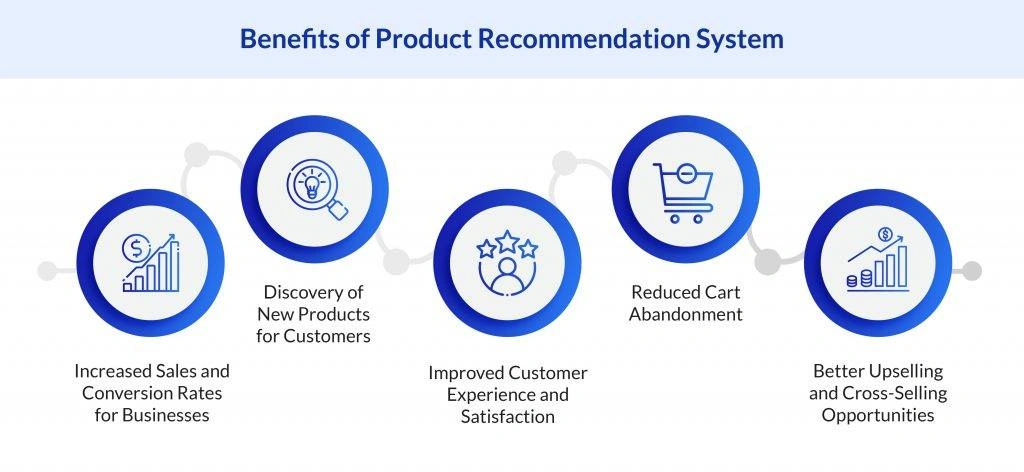
Here are the different benefits of the best product recommendation engines for both businesses and customers.
Increased Sales and Conversion Rates for Businesses
A well-implemented product recommendation engine can significantly boost your sales and conversion rates. By presenting relevant product suggestions, it encourages customers to add more items to their cart, increasing the average order value. Relevant product recommendations can drive repeat purchases, creating customer loyalty and driving long-term revenue growth.
Improved Customer Experience and Satisfaction
Users appreciate the convenience of having relevant product suggestions tailored to their preferences and needs. This not only saves their time but also makes shopping more enjoyable, leading to higher satisfaction levels with your platform.
Discovery of New Products for Customers
One of the key benefits of these engines for customers is the discovery of new products. A product recommendation engine can introduce them to popular items they might not have found on their own, increasing the likelihood of additional purchases.
Reduced Cart Abandonment
These engines can help reduce cart abandonment rates as you can provide relevant product suggestions. As the suggested products are in sync with user preferences, there is a higher chance of the purchase being completed on your platform.
Better Upselling and Cross-Selling Opportunities
Product recommendation engines provide excellent opportunities for upselling and cross-selling on your platform. For instance, if a customer is viewing a pair of pants, the product recommendation engine can recommend complementary items like a matching belt or shirt. This increases the value of the current purchase and enhances user satisfaction by offering complete outfit ideas.
Real-world application of Product Recommendation Engines
Product recommendation engines have found applications in various industries, including e-commerce. Here are some examples of their real-world applications:
E-commerce Platforms
E-commerce platforms like Flipkart leverage product recommendation engines to enhance the customer journey and drive growth. These engines analyze a customer’s browsing history, past purchases, and wishlist items to suggest suitable products matching their preferences.
For instance, consider a customer who has previously purchased a lot of home decor items on Flipkart, specifically vintage wall clocks. The next time they log in, the product recommendation engine will suggest similar vintage items, like antique photo frames or rustic wall shelves, based on past purchases and browsing history.
This approach makes the entire shopping process extremely convenient for customers and also boosts sales and conversion rates for the platform.
Video and Music Streaming Services
Streaming services like Netflix and Spotify use these engines to suggest movies, series, or songs based on a user’s viewing or listening history. For instance, if a user regularly watches romantic comedies on Netflix, the platform might recommend a newly released romantic comedy. Similarly, if a user often listens to pop music on Spotify, the service might suggest a playlist featuring the latest pop hits.
Social Media Platforms
Social media platforms use product recommendation engines to enhance user engagement. For example, these engines analyze a user’s activity, such as the posts they like, share, or comment on, and the pages they follow, to recommend relevant content, friends, groups, and even ads.
E-commerce Recommendation Engine Use-Cases
Here are the different use cases of recommendation engines in the e-commerce sector:
Based on Recently Viewed
One of the most effective strategies is to suggest products based on what the consumer has recently viewed. This method assumes that the products a customer spends time looking at reflect their current interests. For instance, if a customer has been browsing through a collection of summer dresses, the system could recommend similar dresses or related items like summer accessories.
Viewed This and Bought That
This strategy involves suggesting products that other users have bought in combination with the item currently being viewed by the customer. For example, if customers who bought a particular smartphone often also bought a specific phone case, that phone case would be recommended to customers viewing the smartphone.
Based on Recently Bought
Relevant recommendations can also be based on a customer’s recent purchases. Here, the system suggests items that complement the recently bought item or are related to it. For instance, if a user has recently bought a new laptop, the system might recommend a laptop bag or a wireless mouse.
New Products
Introducing new products is another effective use case of product recommendation engines in the e-commerce sector. When a customer logs in, the system can highlight new arrivals that align with their preferences. This not only keeps the customer updated about your latest offerings but also increases the chances of these new products being purchased. For example, if a customer purchases novels from a particular writer on your platform, then any new book launched by that writer will be a good recommendation.
Popular Products
Recommending popular products can be a great strategy, especially for new customers who might not have specific preferences yet. By showcasing the items that are trending or most bought on your platform, you provide the customer with tried and tested options. For instance, by suggesting the highest-rated smartphones to a new user, you can help them make an informed decision.
How to Choose Product Recommendation Software for Your Retail Store
Here are some key factors to consider while choosing the right product recommendation software for your retail platform:
- Customizable: Every retail business is unique, and so are its customers. Therefore, the product recommendation engine you choose should offer a high degree of customizability to cater to your specific needs. It should allow you to tailor the algorithms based on your business model and customer behavior.
- Integration Capabilities: The software should seamlessly integrate with your existing e-commerce platform. This will encourage a seamless data flow between the systems, enabling the deep learning-powered recommender system to provide accurate product suggestions based on real-time customer data.
- Robust Analytics: A good product recommendation software should come with a robust analytics system. This will help you check the performance of your suggestions and make data-driven decisions for strategy optimization.
- Scalability: As your enterprise expands, the software must be able to scale with it. It should be able to handle increasing data volumes and provide consistent performance as your customer base expands.
- Cost-Effective: You must consider the cost of the software. While advanced features and capabilities are important, they should not come at an extremely high cost. Choose a software that offers the best value for money and provides advanced features at a reasonable price.
Transform Your E-commerce Platform with Flipkart Commerce Cloud (FCC)
In the highly competitive e-commerce market, a product recommendation engine is no longer a luxury but a necessity. It is a powerful tool that can turn your online retail platform into a personalized shopping destination for enhanced customer satisfaction. However, the effectiveness of a product recommendation engine depends on its implementation. It is essential to select software that is in sync with your business model, understands your customers, and evolves with your growing needs.
This is where Flipkart Commerce Cloud (FCC) comes into the picture with an array of retail industry solutions. FCC’s marketplace technology stack is equipped with over 40 plug-and-play tools, including recommendation engines and catalog personalization.
FCC’s solutions are built with Flipkart’s extensive knowledge of the e-commerce market, voluminous data from e-commerce events, and scale tested on billions of transactions. This means you get a partner who understands everything about e-commerce and can help you navigate its challenges effectively.
Get in touch with the team today and put your business on the path to success.
